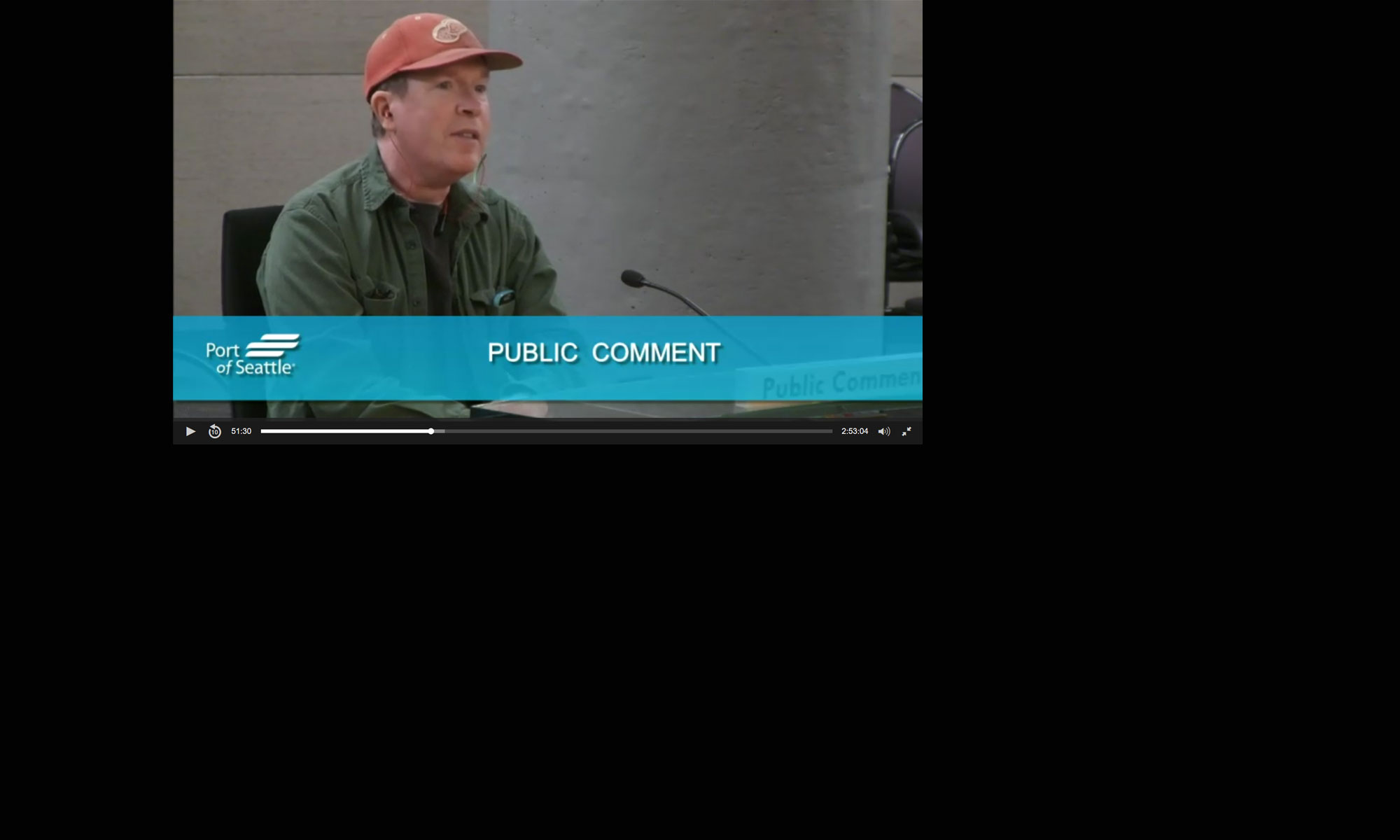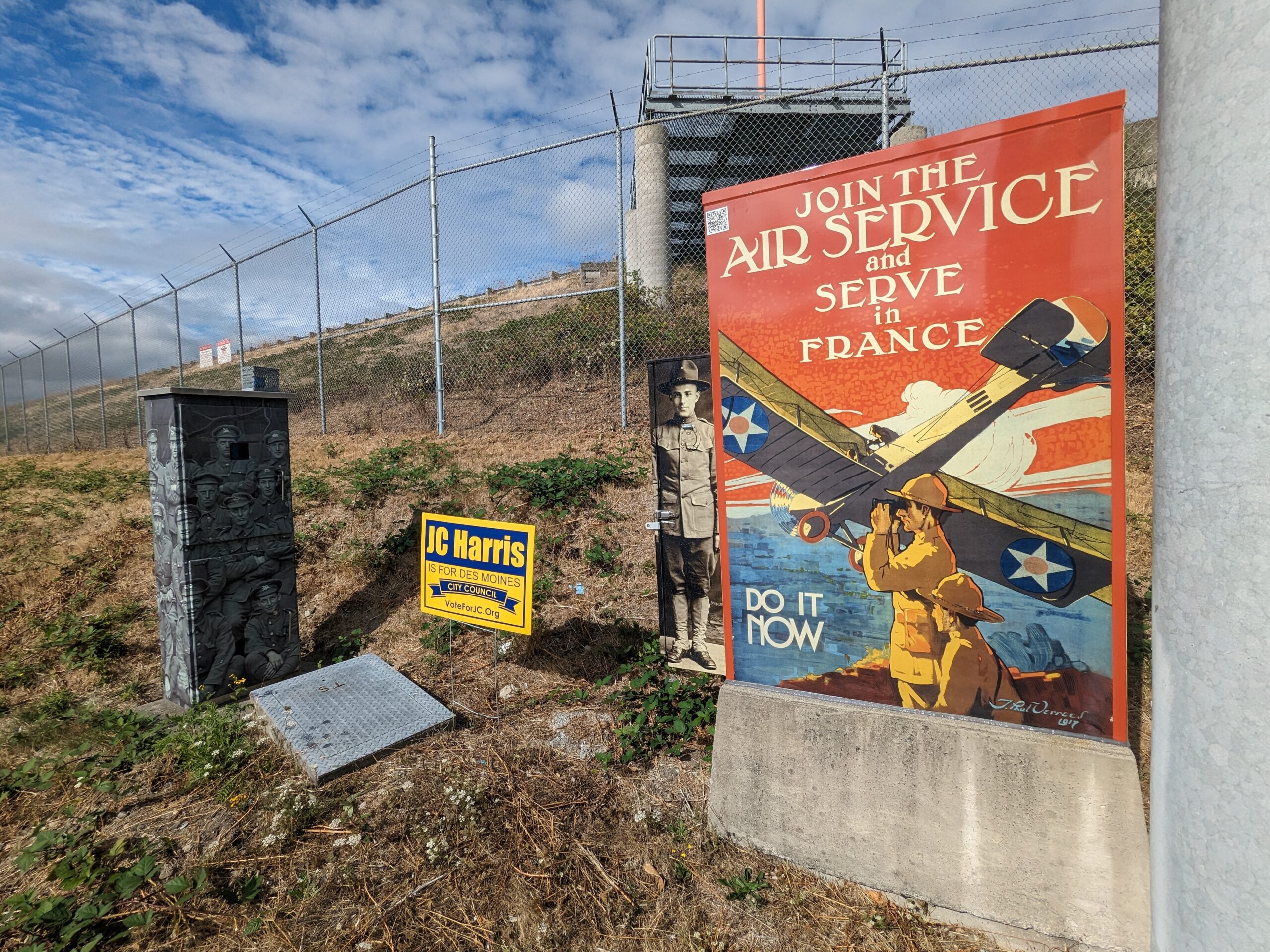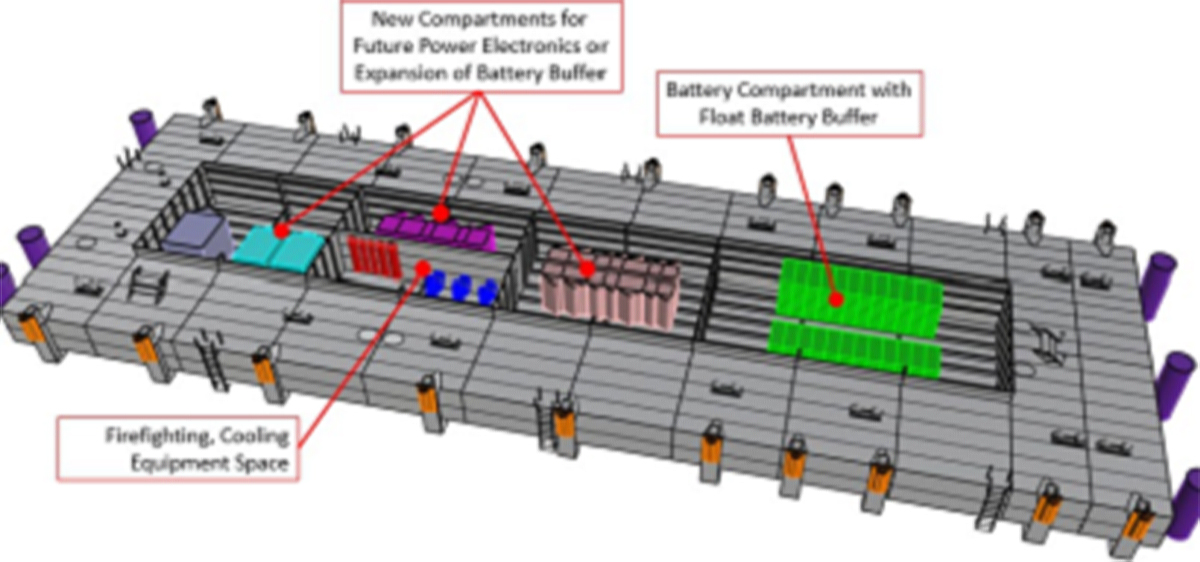Normally, I wait until Sunday to post a Weekly Update, but I wanted to share this article as a ‘taster’ of what you can find in every week. Whether you agree with my points of view or not, I think you’ll find they contain lots of useful information.
At our last city council meeting, there was a good update on police from the acting police chief. We learned that police staff is currently at about the same level as 2019. And despite upcoming financial challenges, this is where (until just this year) the police department said it wanted to be. And I don’t quite know what to think because response times are as good as they’ve ever been–literally improving every year. For the most serious calls, the response time is a little over three minutes. Outstanding.
We have yet to choose our next city manager. Our new police chief does not take office until after this election. And we have contract negotiations with the police guild at the end of the year. So, there are a lot of decisions to be made, and given that outstanding response time I believe we can wait at least until next year to make decisions about police funding–especially a permanent property tax increase.
OK, but what does an electric ferry have to do with public safety?
Many things changed my position on the Tax Levy vote. Those excellent response times were one. The number of questionable financial policies the City continues to engage in was another.
Despite already wasting hundreds of thousands of dollars on a failed passenger ferry pilot, we are still going all in on an electric passenger ferry and a floating battery dock to charge it. This year we will spend at least $100,000 on lobbying for future technology that literally does not exist. That’s no exaggeration. If we are successful, we may well end up being the first in the nation. Twice.
The boat we have in mind is still on the drawing board. The nearest design the consultant has mentioned is being funded by the British government in Belfast. A prototype may be ready for testing at end of year.
The charging platform is essentially a floating battery, and also so new that the only image our consultant could provide is this drawing. Apparently, San Francisco plans to build one, but their budget is over fifty times ours.
You can think of this platform as a 2ton and a half of lithium-ion batteries. Floating in the sun. In salt water. Not to sound alarmist, but please Google ‘thermal runaway’ and decide for yourself if we should be first on this one.
Given previous safety challenges with Li-Ion batteries, the rapidly changing nature of battery tech, and the fact that the new Marina Steps design has not discussed access by fire professionals in any serious way, I believe we should let experts in other jurisdictions gain experience before we jump aboard.
More broadly? In my opinion, a city our size has no business being ‘first’ on any radically new technology. Our job should be to spend your money conservatively whenever possible, on core services like roads, parks, and yes public safety. When marine-EV is fully baked? The Des Moines Marina will still be here, and we will all benefit from a mature, safe, and lower priced system.
More than that, the $100k we’re spending just on ‘ferry’ this year alone, is a full-time salary we won’t be able to fund somewhere else. If you want a sustainable government and better services (including public safety), encourage your government to spend its precious resources: time, energy and money, on the core services that will make a difference in your life today.
However you vote on August 6th? Your vote will send a message. I voted no because the message I wanted to send was, “I want public safety. Please make better spending choices to get us there.”
1The proposed energy output of this thing is 165kwh. With current technology, battery weight is essentially a linear function with roughly 18lbs/kwh. That ratio will improve, but no one can say when because there are so many competing chemistries.





